E-commerce websites offer many advantages to businesses. Learn how a carefully-crafted website can increase visibility, reach more customers and boost sales.
With more and more customers shopping online, having an e-commerce website can be invaluable for businesses looking to increase visibility, reach new customers, and boost their sales. From building trust with shoppers to create a secure shopping experience, learn the importance of having an effective e-commerce website.
Improved Visibility.
An e-commerce website can help businesses increase their visibility by introducing them to more potential customers on the web. A well-designed website with high-quality content can be more attractive to search engines, resulting in higher rankings and greater visibility for the business. Additionally, an e-commerce website allows businesses to target local and global audiences through targeted marketing campaigns.
Enhanced Customer Service and Experience.
An e-commerce website provides customers with an easy, convenient way to shop. By providing a user-friendly checkout process and payment options, businesses are able to create a smoother shopping experience for their customers. Additionally, many e-commerce websites offer live customer service chat so customers can get the assistance they need quickly and easily. With these features, businesses can better serve their customers, improving customer satisfaction and loyalty.
Reduced Operating Costs.
An e-commerce website can help businesses considerably reduce operational costs. The cost to operate a website is much lower than running a brick-and-mortar store since there are fewer overhead costs, such as rent and utilities. Moreover, with an e-commerce website, businesses can save on employee costs, dealing mainly with drop shippers and suppliers to fulfill orders without the need for in-store staffing. This allows companies to grow without additional financial strain.
Read more on An introduction to what is an e-commerce website
Increased Product Range & Flexibility.
An online store allows businesses to expand their product range beyond what could fit in a physical location. With an e-commerce website, entrepreneurs can get creative and offer customers unique products that may even be out of geographical reach for their local competitors. The flexibility of digital stores also allows businesses to adapt quickly to customer feedback and trends, helping them adjust their selection to meet changing demands.
Improved Brand Recognition and Site Authority.
An e-commerce website is more than just a place to sell products — it’s also an integral part of your business branding. Using creative design and well-written copy, you can create an online presence that reflects the core values of your business and keeps customers engaged. With a website optimized for search engine results, you can also increase brand visibility and your website’s authority in organic searches. This will drive more targeted traffic to your site, allowing customers to quickly find what they need without having to sift through unrelated search results.


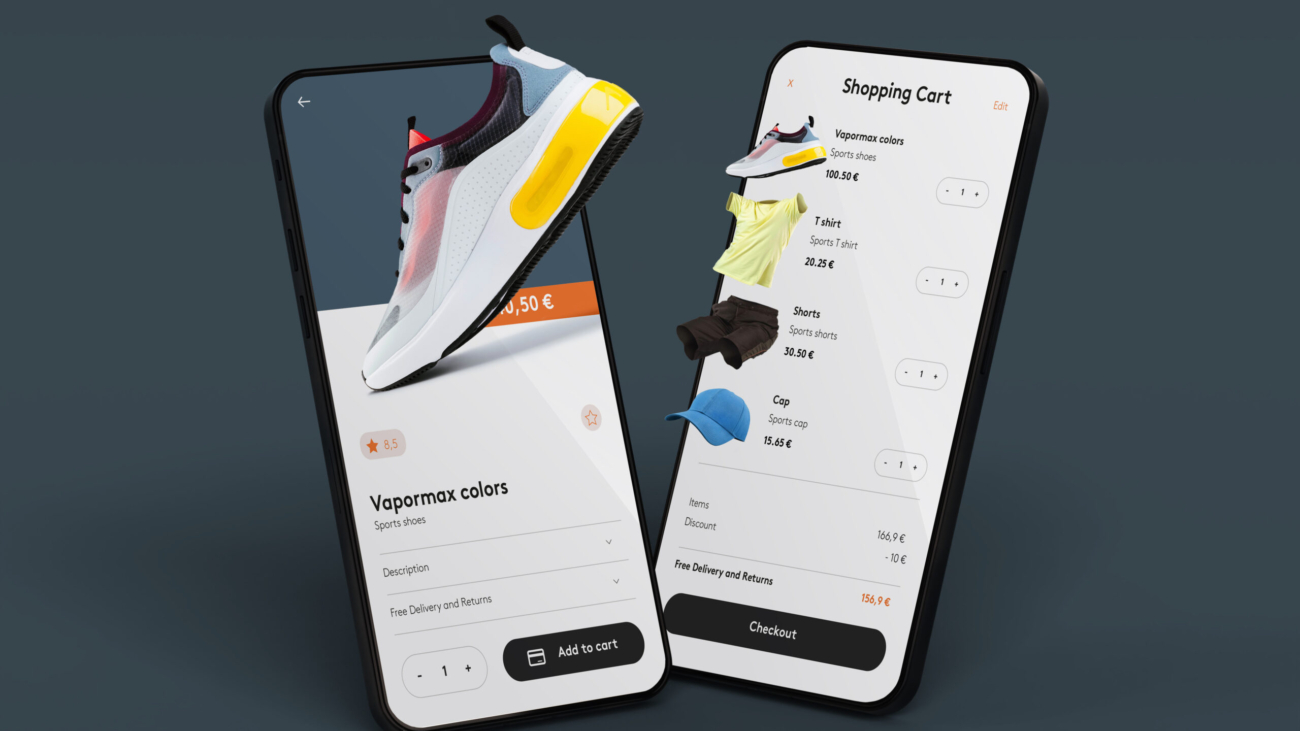
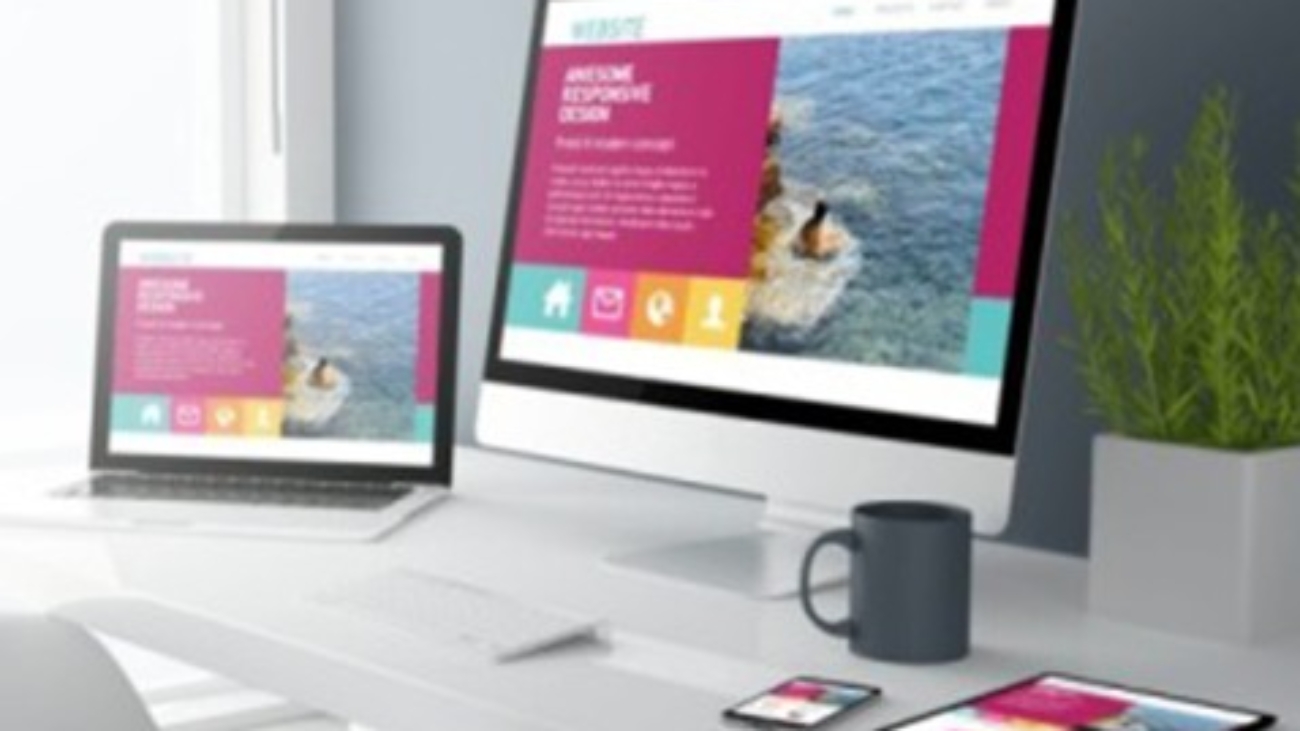
 What is a Website?
What is a Website?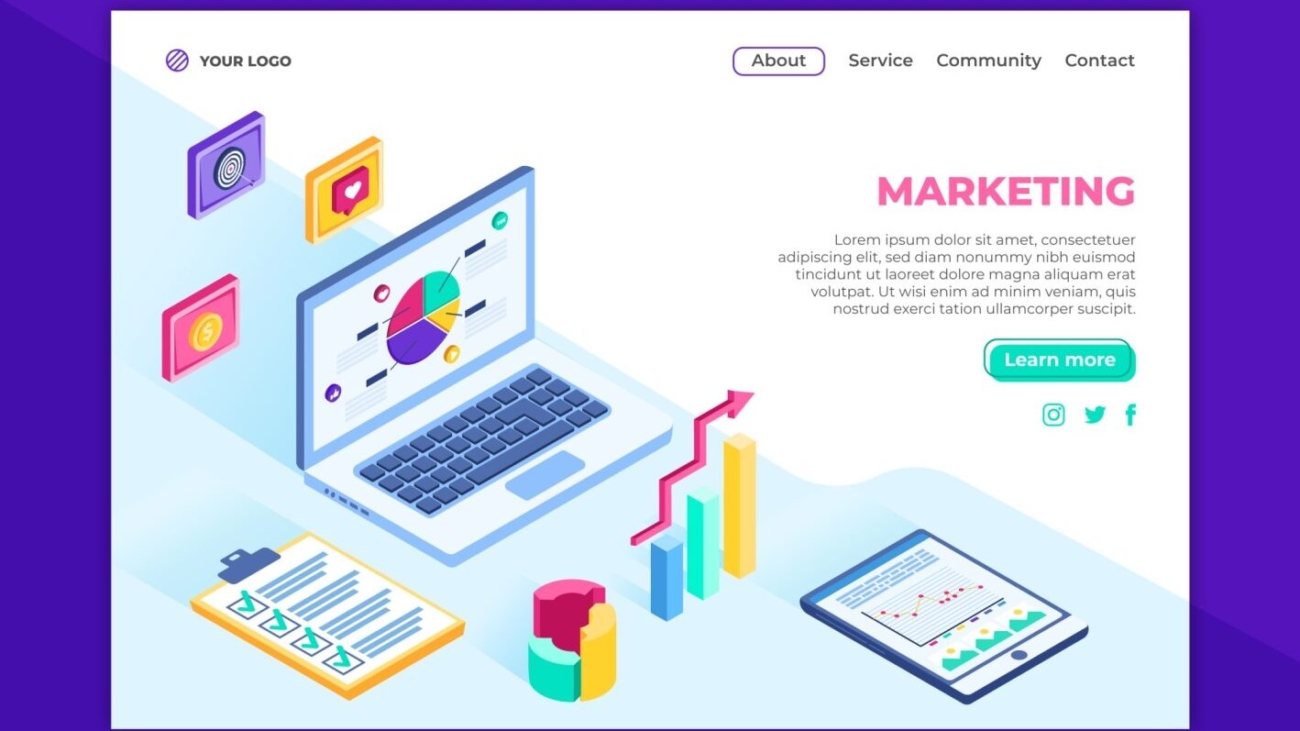
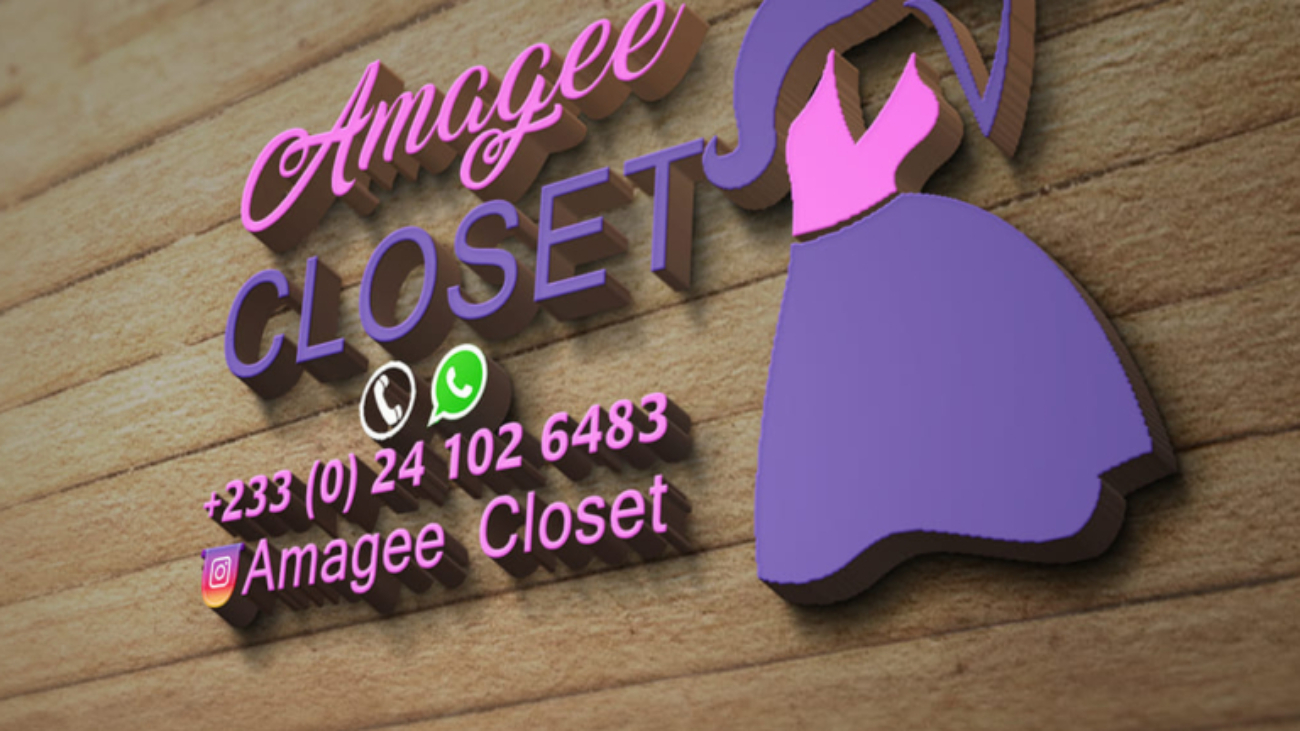

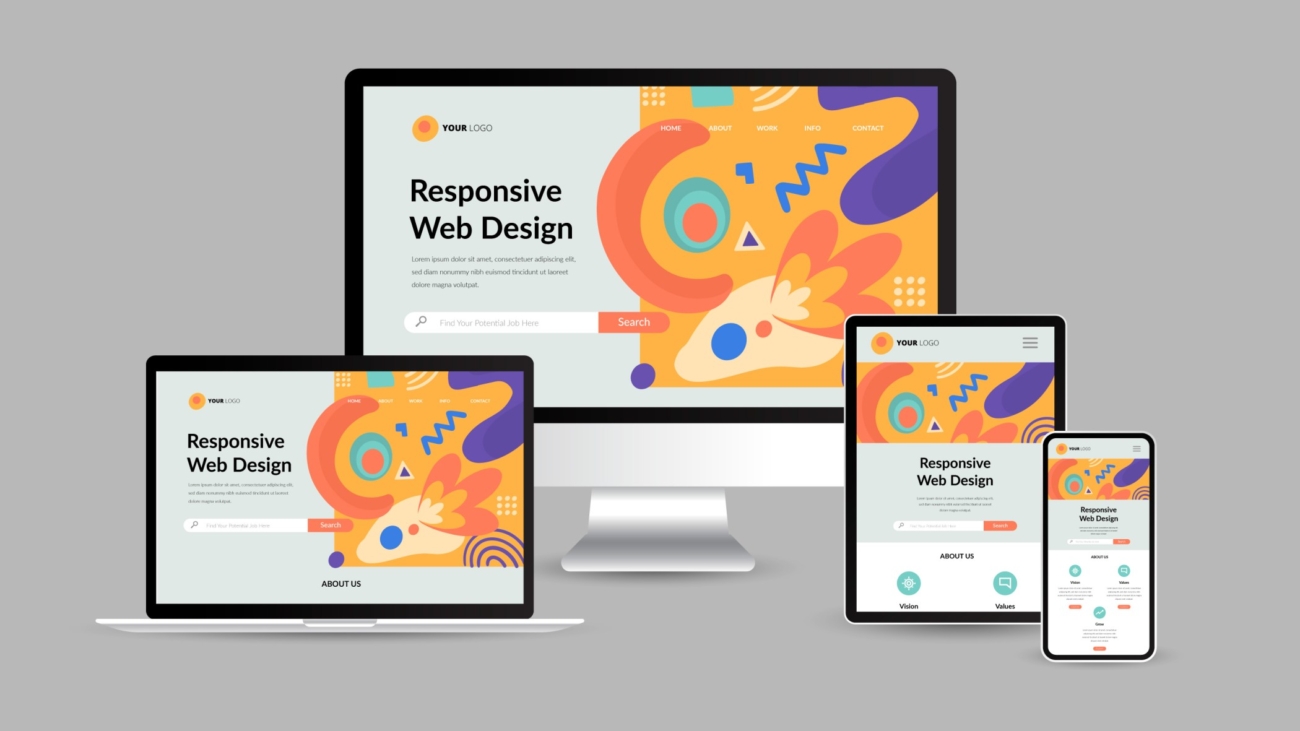
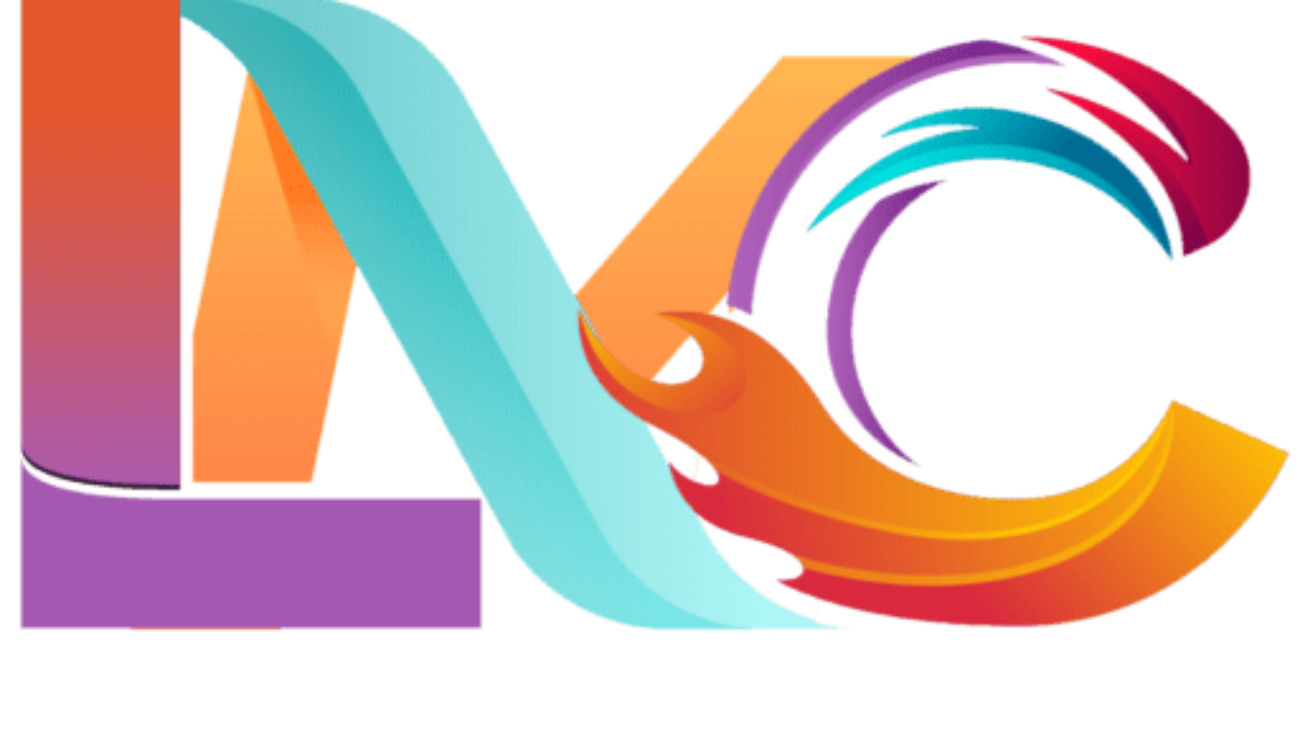



 Emblem logos are a hybrid of text and pictorial logo styles. They consist of text inside a symbol, badge, crest, or seal. This type of logo is particularly useful for referencing traditional heraldry (coat-of-arms) designs like those used for universities, government agencies, sports teams, and more. Unlike traditional heraldry designs that are highly detailed and intricate, emblem logos focus on shape and can vary in complexity depending on how much detail to include.
Emblem logos are a hybrid of text and pictorial logo styles. They consist of text inside a symbol, badge, crest, or seal. This type of logo is particularly useful for referencing traditional heraldry (coat-of-arms) designs like those used for universities, government agencies, sports teams, and more. Unlike traditional heraldry designs that are highly detailed and intricate, emblem logos focus on shape and can vary in complexity depending on how much detail to include. Wordmark/Lettermarks Logos
Wordmark/Lettermarks Logos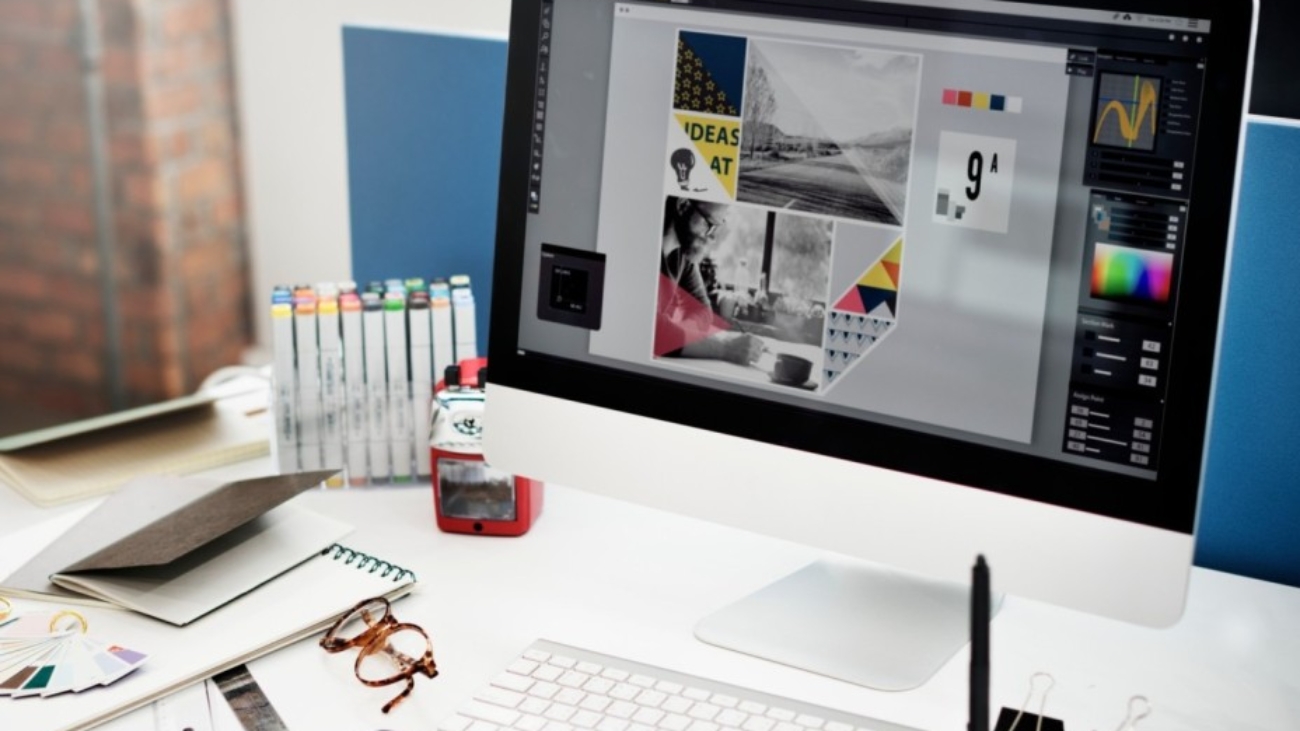
 Graphic design is a powerful tool to help showcase products and services in an appealing and memorable way. With striking visuals, businesses can draw customers’ attention to certain features of their product or service, highlighting why their offering is better than competitors’. This can be achieved through digital media, packaging design, advertising campaigns and more.
Graphic design is a powerful tool to help showcase products and services in an appealing and memorable way. With striking visuals, businesses can draw customers’ attention to certain features of their product or service, highlighting why their offering is better than competitors’. This can be achieved through digital media, packaging design, advertising campaigns and more.
